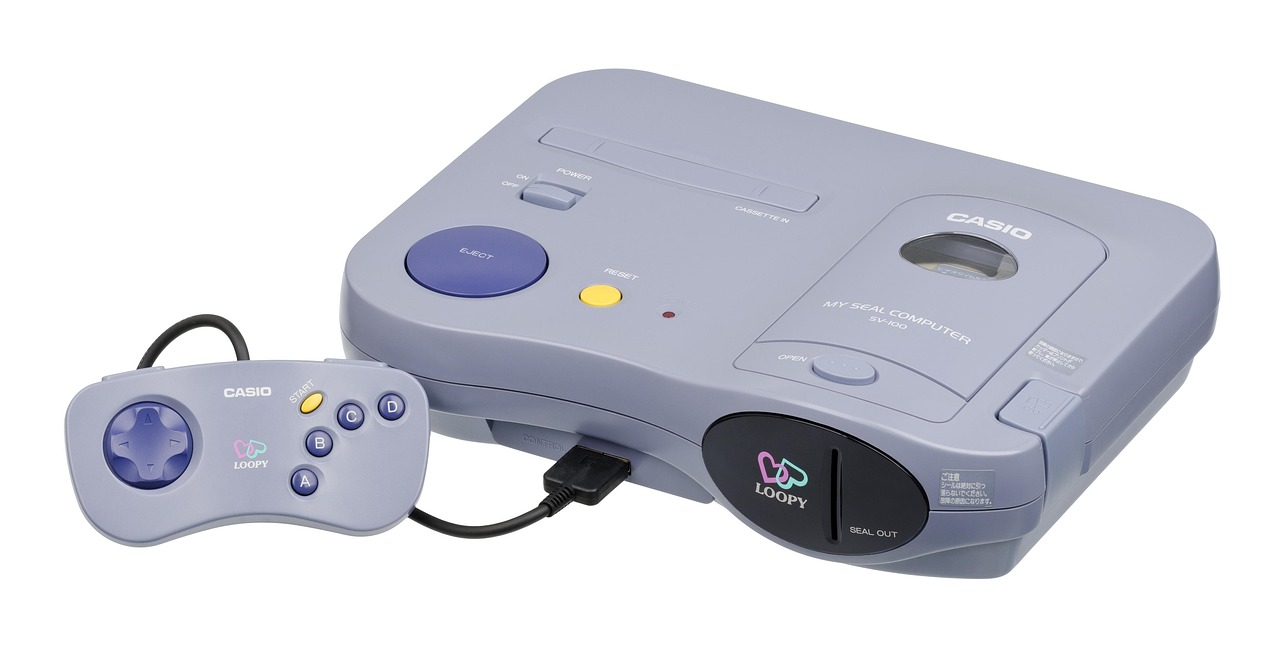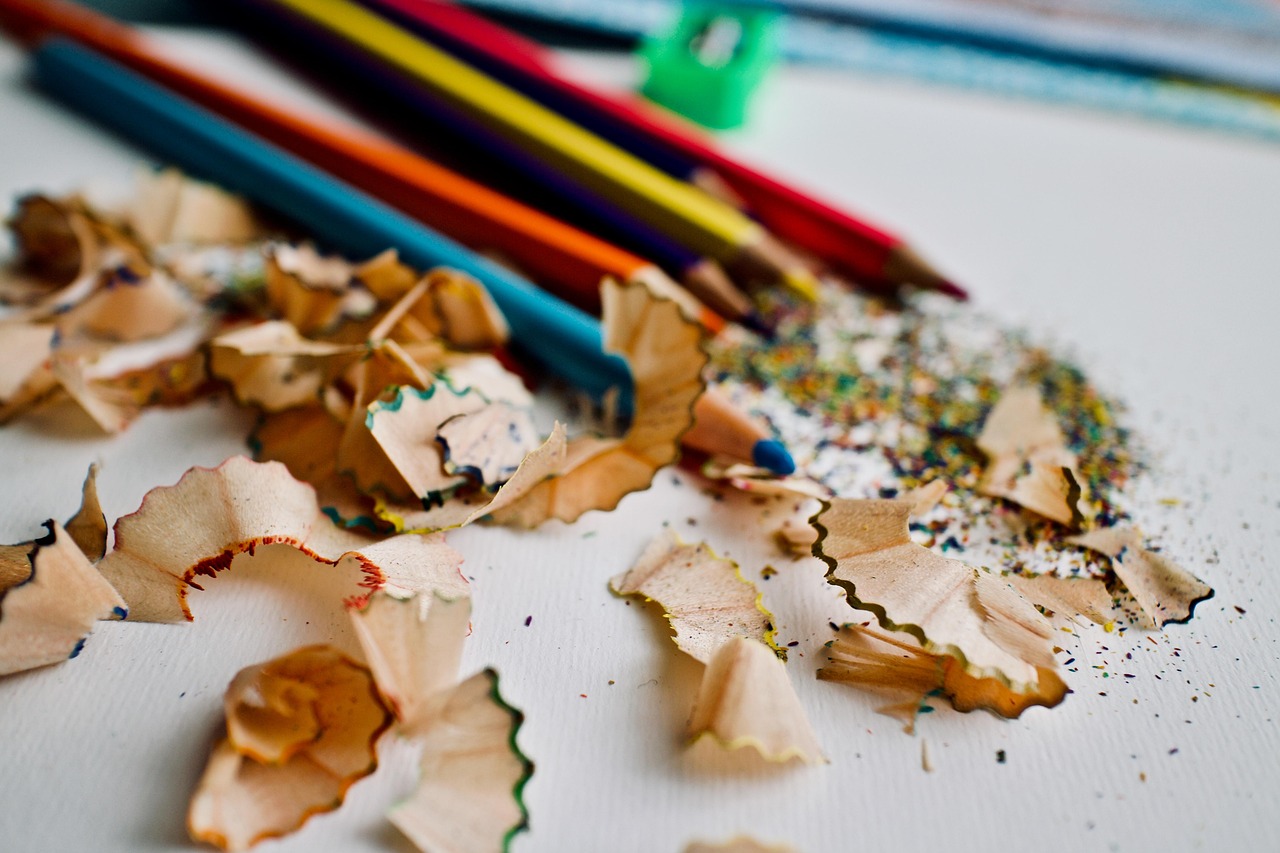Toys are more than just playthings; they are tools that shape young minds, foster creativity, and contribute to essential developmental milestones. Selecting the right toys for children requires careful consideration of age, interests, and developmental needs. This guide explores various aspects of kids’ toys, helping parents and caregivers make informed decisions to enrich a child’s playtime experience.
Understanding the Importance of Play
Cognitive Development Through Play
Play is fundamental to a child’s cognitive development. Toys that encourage problem-solving, critical thinking, and imaginative scenarios significantly boost cognitive skills. For instance:
- Building Blocks: Encourage spatial reasoning and problem-solving. A study by the National Association for the Education of Young Children (NAEYC) found that children who frequently play with blocks show improved math and science skills later in life.
- Puzzles: Enhance pattern recognition and logical thinking. Jigsaw puzzles, shape sorters, and logic puzzles are excellent options.
- Role-Playing Toys: Fosters creativity and narrative skills. Examples include play kitchens, doctor kits, and dress-up clothes. These activities stimulate language development and social skills.
Actionable Takeaway: Choose toys that challenge a child’s thinking and encourage them to explore different solutions and ideas.
Social and Emotional Development
Toys also play a crucial role in nurturing a child’s social and emotional growth. Through interactive play, children learn to share, cooperate, and empathize.
- Dolls and Stuffed Animals: Promote emotional bonding and empathy. These toys allow children to practice nurturing behaviors and express their feelings.
- Board Games: Teach cooperation, turn-taking, and following rules. Games like Candyland or Chutes and Ladders are suitable for younger children, while games like Monopoly Junior or Scrabble Junior can challenge older kids.
- Group Play Activities: Toys that require multiple players, such as sports equipment or collaborative building sets, encourage teamwork and communication.
Actionable Takeaway: Select toys that facilitate social interaction and teach important emotional skills such as empathy, patience, and conflict resolution.
Types of Toys and Their Benefits
Educational Toys
Educational toys are designed to impart specific knowledge or skills while being entertaining. These toys can cover a wide range of subjects, from basic math and reading to science and engineering concepts.
- STEM Toys: Focus on science, technology, engineering, and mathematics. Examples include robotics kits, coding toys, and science experiment sets. These toys help children develop critical thinking and problem-solving skills in a fun and engaging way.
- Language Development Toys: Include alphabet blocks, flashcards, and interactive books. These tools help children learn letters, words, and pronunciation.
- Arts and Crafts Supplies: Foster creativity and self-expression. Consider crayons, paints, clay, and craft kits. These activities enhance fine motor skills and allow children to explore their artistic talents.
Actionable Takeaway: Integrate educational toys into playtime to promote learning in a fun and engaging way. Ensure the toys are age-appropriate and align with your child’s interests.
Active Play Toys
Physical activity is crucial for a child’s overall health and development. Toys that encourage movement and outdoor play are essential.
- Outdoor Toys: Include bicycles, scooters, balls, and playground equipment. These toys promote physical activity, coordination, and balance.
- Sports Equipment: Introduce children to various sports like basketball, soccer, or baseball. This not only enhances their physical fitness but also teaches them teamwork and sportsmanship.
- Movement-Based Toys: Consider jump ropes, hula hoops, and balance boards. These toys improve coordination, agility, and motor skills.
Actionable Takeaway: Prioritize toys that encourage physical activity and outdoor play to support your child’s physical health and development.
Safety Considerations When Choosing Toys
Age Appropriateness
Selecting toys that are appropriate for a child’s age and developmental stage is paramount for safety. Toys designed for older children may contain small parts that pose a choking hazard for younger kids.
- Manufacturer Recommendations: Always check the manufacturer’s age recommendations on toy packaging.
- Small Parts: Avoid toys with small parts, especially for children under three years old. Use a small parts tester if necessary.
- Sharp Edges or Points: Inspect toys for sharp edges or points that could cause injury.
Actionable Takeaway: Always adhere to age recommendations and carefully inspect toys for potential hazards before giving them to a child.
Material Safety
The materials used to make toys can impact a child’s health. Opt for toys made from non-toxic materials and ensure they meet safety standards.
- Non-Toxic Materials: Look for toys made from materials that are free from harmful chemicals like BPA, phthalates, and lead.
- Certifications: Check for certifications like ASTM International or EN71, which indicate that the toy has been tested and meets safety standards.
- Fabric Toys: Ensure fabric toys are made from hypoallergenic materials and can be easily washed to prevent the buildup of germs.
Actionable Takeaway: Prioritize toys made from safe, non-toxic materials and look for relevant safety certifications.
Toy Maintenance and Storage
Proper maintenance and storage of toys can prolong their lifespan and prevent accidents. Regularly inspect toys for damage and store them safely when not in use.
- Regular Inspection: Check toys regularly for broken parts, loose screws, or frayed edges. Repair or discard damaged toys immediately.
- Cleaning: Clean toys regularly to prevent the spread of germs. Use mild soap and water for plastic toys and follow the manufacturer’s instructions for fabric toys.
- Safe Storage: Store toys in designated areas to prevent tripping hazards. Use toy chests, bins, or shelves to keep toys organized and accessible.
Actionable Takeaway: Establish a routine for inspecting, cleaning, and storing toys to ensure they remain safe and functional.
Encouraging Creative Play
Open-Ended Toys
Open-ended toys are versatile and allow children to use their imagination in countless ways. These toys do not have a predetermined outcome and encourage creativity and problem-solving.
- Building Blocks: Allow children to construct various structures and scenarios.
- Art Supplies: Provide a wide range of art supplies like paper, crayons, paints, and clay to encourage self-expression.
- Dress-Up Clothes: Allow children to role-play different characters and scenarios.
Actionable Takeaway: Provide open-ended toys that encourage children to explore their imagination and create their own unique play experiences.
Creating a Play-Friendly Environment
The environment in which a child plays can significantly impact their creativity and engagement. Creating a designated play area can encourage focused and imaginative play.
- Designated Play Area: Establish a specific area for play, whether it’s a corner of a room or an entire room.
- Variety of Materials: Provide a variety of materials and toys to stimulate different types of play.
- Encourage Experimentation: Allow children to experiment with different materials and ideas without strict rules or expectations.
Actionable Takeaway: Create a play-friendly environment that encourages children to explore their imagination and engage in creative play.
Conclusion
Choosing the right toys for children is an investment in their development and well-being. By considering the importance of play, understanding the types of toys and their benefits, prioritizing safety, and encouraging creative play, parents and caregivers can ensure that playtime is both enriching and enjoyable. Toys are not just objects; they are tools that shape young minds and contribute to a lifetime of learning and growth. Remember to always prioritize safety, age-appropriateness, and your child’s individual interests when selecting toys. Happy playing!



